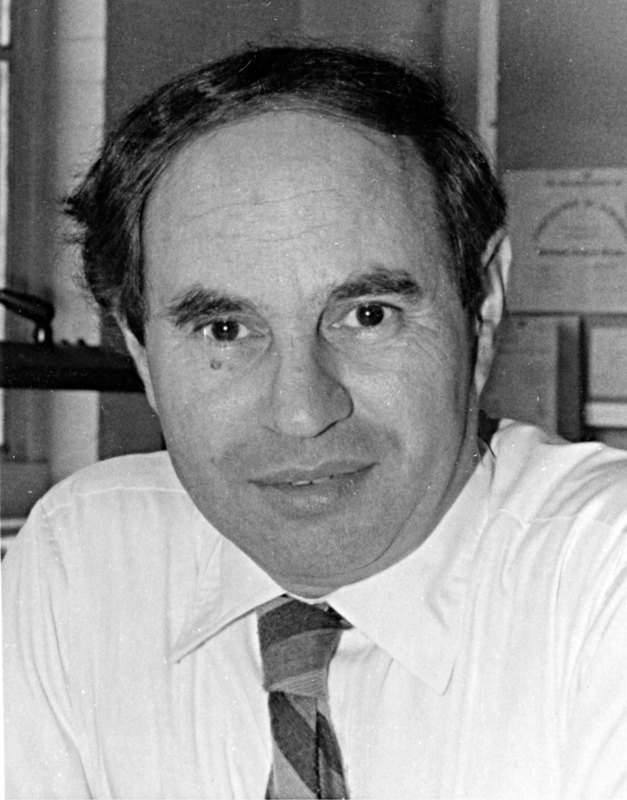Leonard Mandel
Leonard Mandel

AIP Emilio Segrè Visual Archives, Physics Today Collection
Leonard Mandel was born in Germany on 9 May 1927. He received a BSc degree in mathematics and physics in 1947 and a PhD degree in nuclear physics in 1951 from Birkbeck College, University of London, in the United Kingdom. He became a technical officer at Imperial Chemical Industries Ltd in Welwyn, UK, in 1951. In 1955, he became a lecturer and, later, senior lecturer at Imperial College London, University of London. He remained at Imperial until 1964, when he joined the University of Rochester as a professor of physics. He later became the Lee DuBridge Professor Emeritus of Physics and Optics.
Mandel published over 260 scientific papers dealing with problems of optical coherence, lasers, quantum interactions, and non-classical states of light. Together with Prof. Emil Wolf, Mandel organized a series of international conferences, known as the Rochester Conferences on Coherence and Quantum Optics, which were extremely influential in the history of the field of Quantum Optics. They also published the highly-regarded book Optical Coherence and Quantum Optics. Mandel was a referee for approximately 24 scientific journals and 6 research agencies.
He was on the Board of Directors from 1985-1988, and was Associate Editor of the Journal of the Optical Society 1970-1976 and 1982-1983. Mandel was also a member of the Editorial Board for both Physical Review and Quantum Optics. In addition to his ground-breaking research, Mandel was known as an exceptional teacher, and in 1992 he was awarded the Faculty Graduate Teaching Award by the University of Rochester. He was a Fellow of the Society and APS.
Mandel was the first recipient of the Max Born Award in 1982. The Society awarded him with its highest honor, Frederic Ives Medal / Jarus W. Quinn Prize, in 1993 "in recognition of his contributions to coherence theory and to the fundamental understanding of quantum mechanics and the nature of the photon." He also received the Marconi Medal from the Italian National Research Council in 1987 and the Thomas Young Medal and Prize in 1989.
It's kind of interesting to show that the strange features of quantum mechanics are actually observed. We still don't totally understand what it means.
Multimedia
Document Created: 26 July 2023
Last Updated: 28 August 2023
